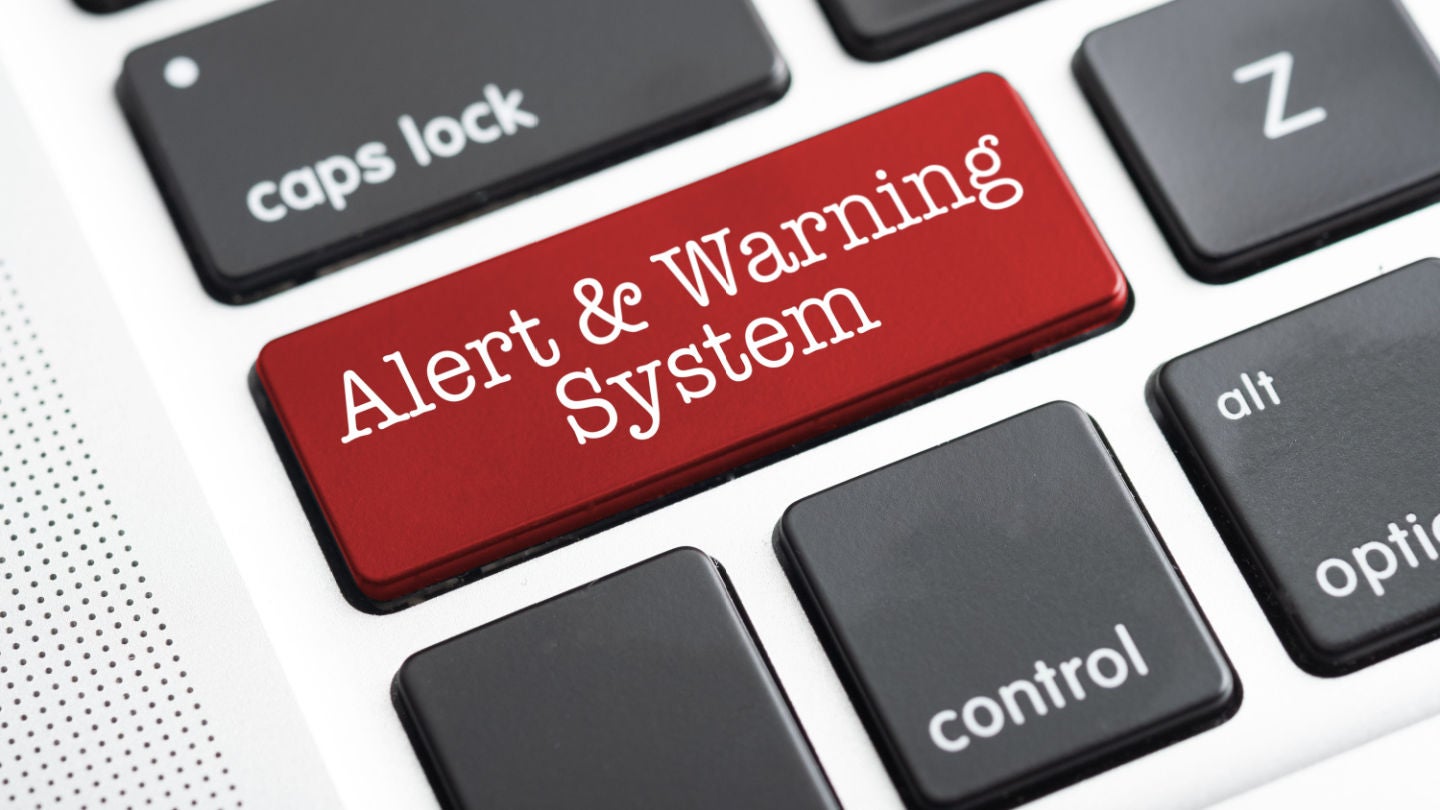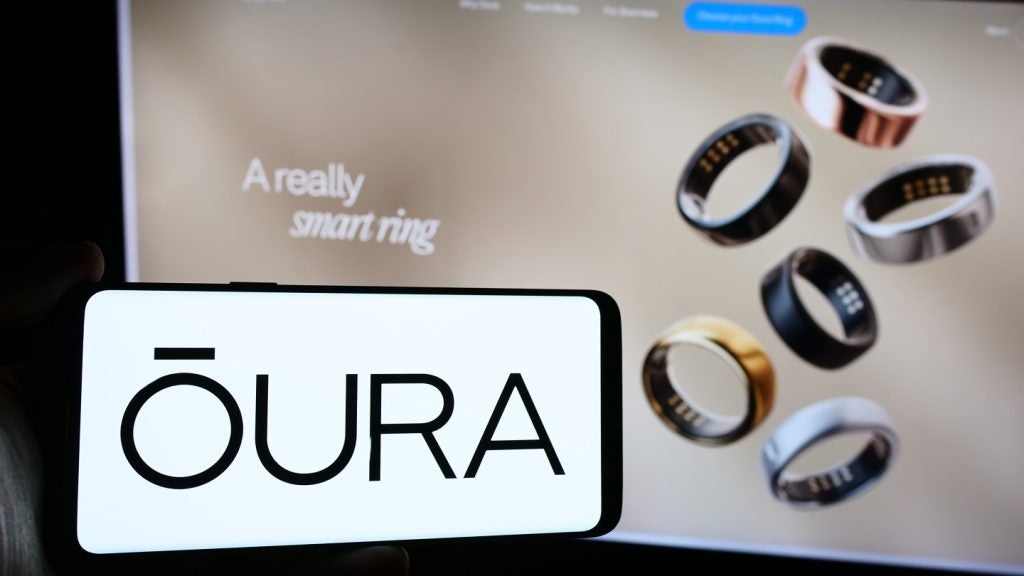The history of emergency alert systems to secure civilian safety is lengthy.
As other animal species have biologically produced alarms to alert the presence of predators, humans too have developed biological and machine alarms for numerous threats.
Perhaps the first association most people conjure up in conversations about alarms and alert systems is war. Many nations have introduced civil defence sirens (colloquially knowns as air-raid sirens) to alert the civilian population to an emergency or approaching danger. These initially started as warnings in cities for air raids in World War II, but have since been adopted in nations across the world to warn citizens of natural disasters, fires, and even nuclear attacks.
How has the technology changed?
In thinking of alert systems, many of us may still picture and hear the basic mechanical sirens, but alert system technology has come a long way.
The basic sirens consist of a fan (called a ‘rotator’) inside a slotted drum (called a ‘stator’), the rotator pulls in air and blows this through the holes of the stator in bursts producing the familiar, yet shocking noise of a siren. There are other electromechanical sirens that all operate by manipulating air pressure, be that supercharged, pneumatic, or the basic mechanical siren.
Since the humble beginnings of the basic siren, which could be put together in a high school physics class, new technologically advanced alert systems have emerged.
How well do you really know your competitors?
Access the most comprehensive Company Profiles on the market, powered by GlobalData. Save hours of research. Gain competitive edge.

Thank you!
Your download email will arrive shortly
Not ready to buy yet? Download a free sample
We are confident about the unique quality of our Company Profiles. However, we want you to make the most beneficial decision for your business, so we offer a free sample that you can download by submitting the below form
By GlobalDataThese alert systems can send warning messages to the public via cable, satellite, broadcast television, AM/FM, and satellite radio, and now use wireless connectivity directly to mobile devices. The rapid adoption of 5G since 2019 and the projection of mobile 5G subscriptions to reach five billion globally by 2027 will further increase the speed and responsiveness of wireless networks, thus enabling the possibility of more nations rolling out national alert systems.
The UK is the latest country to roll out an emergency mobile alert system
Many countries have location-based alert systems that broadcast warning messages directly to mobile devices, Japan’s J-Alert, Canada’s Alert Ready, and the Netherlands’ NL-Alert are just a few examples.
The UK is the latest to join this list with its Emergency Alert System launched in March 2023 after several previous versions, tests, and pilots between 2013 and 2020. This new system was tested across the country on Sunday, April 23, 2023, at 3pm with all compatible mobile devices ringing out with a loud siren, vibration, and accompanying message.
The surreal moment was experienced by millions in the UK, but as is the nature of any test, there were failures. Some people received the siren late and others did not receive it at all. But what is concerning the population of the UK more than any errors in the test stage is a lack of information and transparency as it is why an emergency alert system is needed at all. The UK government has stated that the alert system is intended for use in the case of severe flooding, fires, extreme weather, and possibly during terror incidents or other civil defence emergencies.
However, the UK’s lack of extreme weather has led many to question this premise for an alert system while others have raised that an alert system may cause more panic than solutions in most disaster situations.
Are mobile alert systems effective?
There are examples of mobile alert systems providing successful guidance to residents of a disaster-affected area. For example, in October 2012, messages were broadcasted with a shelter-in-place warning to New York City due to Hurricane Sandy. More recently, in March 2020 a shelter-in-place warning was issued in California to temper the spread of Covid-19, while other states and countries adopted this public health measure and credited it with flattening the curve of Covid-19 outbreaks. However, the benefits of mobile alert systems are not without doubt, with many finding the Covid-19 alert sent directly to their phones too constant, invasive, and panic-inducing.
Beyond the panic that emergency alerts can cause, there have also been examples of the outright failure of these systems. Perhaps the most notable example of the disastrous uses of alert systems took place in 2018 with Hawaii’s false missile alert.
On the morning of January 13, 2018, an emergency alert for a ballistic missile was accidentally issued via Hawaii’s Emergency Alert System and Wireless Emergency Alert System over television, radio, and mobile devices. The alert advised residents to seek shelter and specifically said “This is not a drill”. The obvious result of this was mass panic, road traffic incidents, speeding, crowding, congestion, and so on. There have been other instances of emergency alert systems causing fear instead of calm.
Should we be concerned about mobile alert systems?
A quick browse through the trending hashtag on Twitter for the UK’s emergency alert test (#emergencyalert) shows the panic and questioning that the new system is facing. The key challenges levied toward the government concern issues of privacy, protection of personal data, the cost of the system, transparency of which tech vendors are involved, and perhaps more alarming the speculation that this is another step towards a growing nanny and surveillance state.
While some of the online questioning of alert systems can descend into conspiracies if we look beyond the theory to the emotions underneath, the problems with national mobile alert systems still remain. Governments and the private tech vendors facilitating alert systems should address questions of whether the systems are necessary, their cost, how they deal with personal data, and ensure they avert unnecessary panic.
The recent history of Covid-19 and lockdowns has left many people chronically stressed, wary of government interventions, and afraid of the next mass disaster. Any nation looking to roll out mobile alert systems must first grapple with the concerns and mental health of its citizens.








